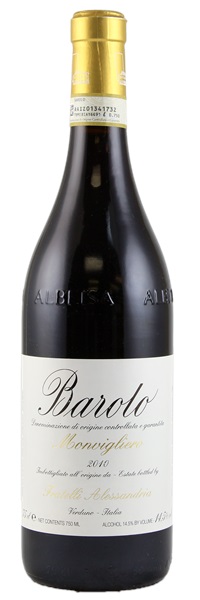Estimate

...bouquet is broad and wide-sweeping with a healthy succession of red berry, sweet almond, stone fruit, medicinal herb and crushed mineral... The wine shows light spice notes with distant touches of dark fruit. The tannins are silky and long. The wine is amazing...
...classic Nebbiolo sensations of ripe black cherry, fleshy raspberry and wild strawberry accented by white pepper, cinnamon, leather and uplifting mineral notes. With firm but polished tannins and bright acidity...
Crushed flowers, spices, orange peel, dried red cherries and mint...quite beautiful...
Fragrant and a little herbal and floral and forest-floor. Complex. Dry but moreish, more savoury on the palate... Compact, paper-fine tannins. Juicy finish